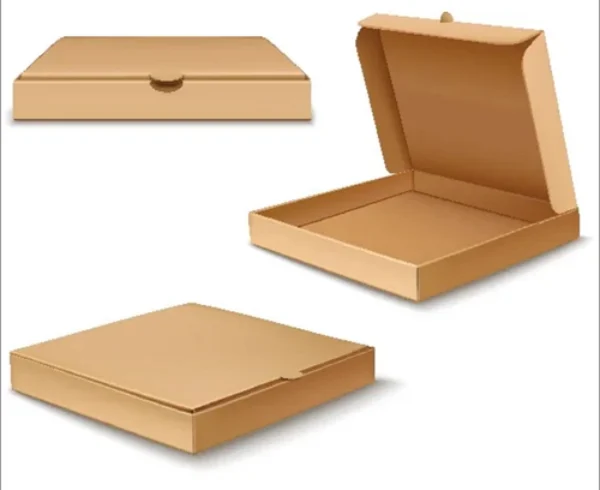What is the expected lifespan of this archival box, and how often does it need to be replaced?

The expected lifespan of an archival box can vary depending on several factors, including the materials used, storage conditions, handling, and frequency of use. However, with proper care and maintenance, archival boxes are designed to provide long-term preservation and protection for valuable and sensitive documents, photographs, and other archival materials.
Archival boxes are typically made from acid-free and lignin-free materials, such as acid-free boards or buffered boards. These materials are selected for their inert properties, which means they do not release harmful acids or chemicals that can deteriorate the contents over time. Additionally, archival boxes are often constructed using high-quality adhesives that are also acid-free and stable.
Under optimal storage conditions, such as a temperature-controlled and low-humidity environment, archival boxes can last for many decades or even longer. However, it is important to periodically inspect the condition of the boxes and assess any signs of deterioration or damage. A regular examination can help identify issues such as discoloration, weakening of the material, or structural damage that may compromise the protection provided by the box.
It is difficult to provide an exact timeline for when an archival box needs to be replaced, as it depends on various factors and the specific conditions in which the box is stored. However, as a general guideline, it is recommended to evaluate the condition of archival boxes every 5 to 10 years. This evaluation should include a visual inspection of the box, checking for any signs of wear, degradation, or damage.
If the archival box shows signs of deterioration or if there are changes in storage conditions that could impact the preservation of the contents, it may be necessary to replace the box sooner. Signs of degradation can include yellowing or brittleness of the materials, weakening of the structural integrity, or the presence of mold or pest infestation. In such cases, it is important to transfer the contents to a new archival box to ensure continued protection and preservation.
The frequency of replacing archival boxes can also depend on the level of use and handling. If the boxes are frequently accessed or handled, they may experience more wear and tear compared to those in more controlled or infrequently accessed storage environments. Boxes used in public archives or libraries, for example, may require more frequent replacement due to higher usage.
Additionally, if there are changes in the size or quantity of materials being stored, it may be necessary to replace the archival boxes to accommodate the new storage requirements. Upgrading to larger or more suitable box sizes ensures that the materials are properly supported and protected within the box.
To extend the lifespan of archival boxes, it is essential to follow best practices for storage and handling. Here are some recommendations:
- Maintain proper storage conditions: Store archival boxes in a cool, dry, and well-ventilated environment. Avoid areas with high humidity, extreme temperature fluctuations, or exposure to direct sunlight.
- Handle with care: When handling archival boxes, use clean hands or wear gloves to prevent transferring oils or dirt onto the box or its contents. Lift and support the box from the bottom to avoid placing stress on the lid or sides.
- Avoid excessive weight or stacking: Do not overload archival boxes beyond their recommended weight capacity. Avoid stacking heavy items on top of the boxes, as it can lead to structural damage.
- Keep away from water or moisture: Protect archival boxes from water or moisture sources to prevent damage, mold growth, or warping. Store boxes on raised shelves or pallets to avoid direct contact with the floor.
- Regularly inspect and clean: Periodically examine the condition of the archival boxes, checking for any signs of damage, pests, or mold. If necessary, gently clean the boxes using archival-safe cleaning materials and methods.
- Use appropriate handling and storage accessories: Consider using acid-free tissue paper, archival folders, or dividers within the archival box to provide additional support and protection for the stored materials. These accessories can help minimize contact between items and prevent bending or creasing.
By following these guidelines and assessing the condition of the archival boxes regularly, it is possible to extend their lifespan and ensure the continued preservation of the contents.




Leave a Comment